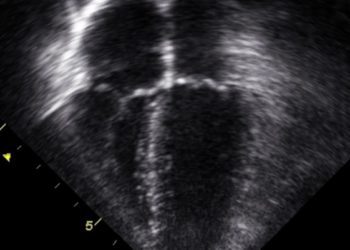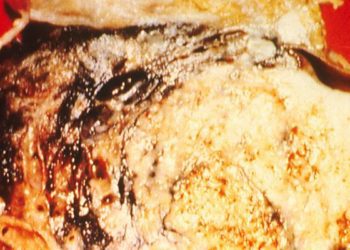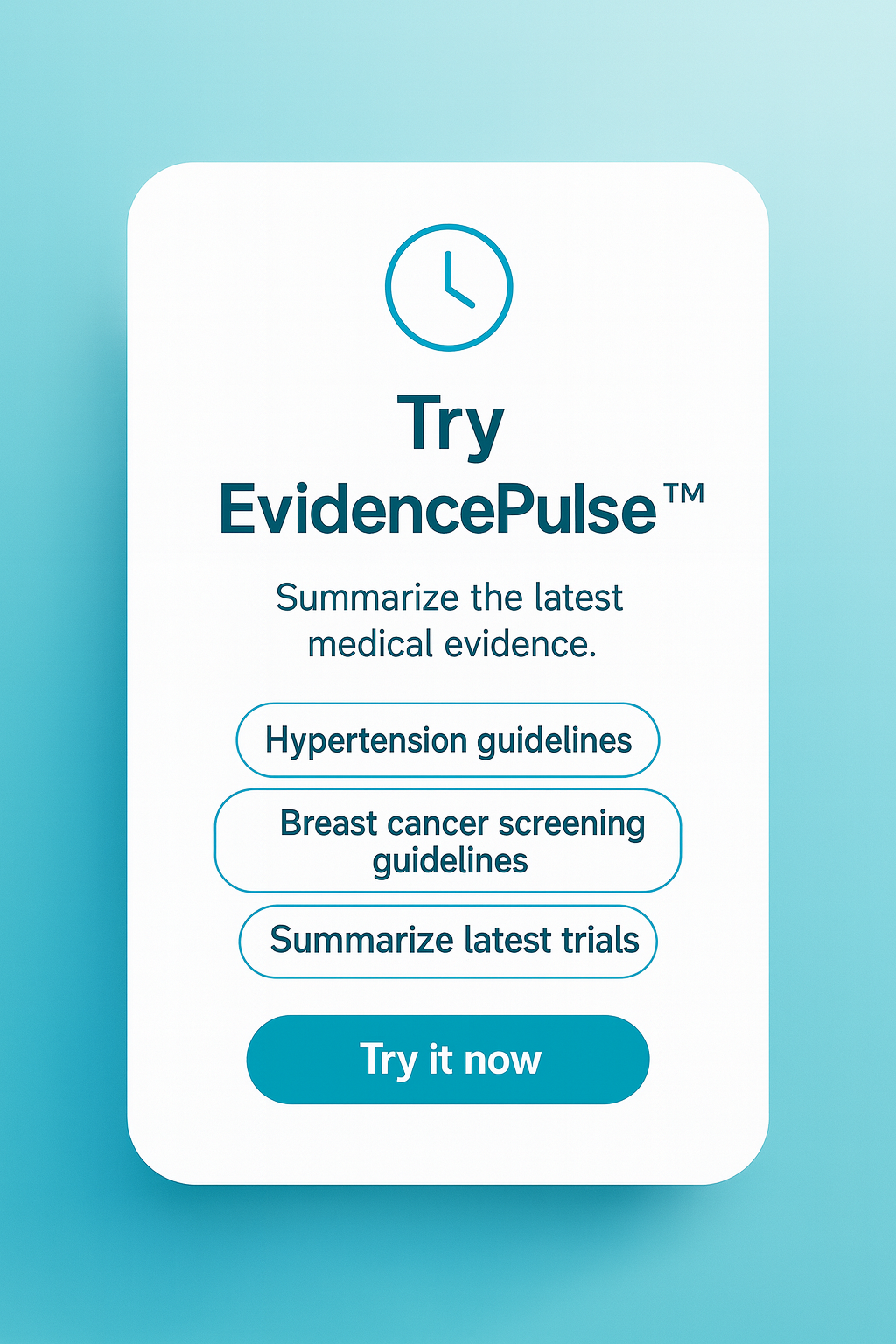Overweight body habitus is associated with higher rates of relapse in children with acute lymphoblastic leukemia
1. Among children with acute lymphoblastic leukemia, overweight or obesity at >2 time points (longer duration) was associated with higher rates of relapse and lower overall survival compared to those with overweight or obesity at <1 time point.
Evidence Rating Level: 2 (Good)
Study Rundown: Some studies have found that among children with acute lymphoblastic leukemia (ALL), the presence of overweight or obesity at diagnosis has been linked to increased risk of treatment-related toxic effects (TRTEs) and mortality. However, other studies suggest that it may be the duration of exposure to overweight or obesity that contributes to the increased risk of adverse outcomes. This study thus investigated the association between the duration of overweight or obesity with TRTEs, end of induction (EOI), minimal residual disease (MRD), relapse, and survival among children undergoing treatment for ALL. This prospective cohort study included 794 children and adolescents aged 1 to 18 years with newly diagnosed ALL. Body mass index (BMI) z scores were compared from diagnosis to end of treatment (EOT). The prevalence of overweight or obesity increased from 29.5% (234 of 793) at diagnosis to 48.4% (346 of 715) by EOT. Change in BMI classification from diagnosis to EOI was not associated with high MRD at EOI. Children with overweight or obesity at two or more time points experienced lower overall survival (OS), higher relapse rate, and lower event-free survival (EFS), compared with children with overweight or obesity at one or no time point. When examining hazard ratios, children with overweight or obesity at two or more time points had an increased risk of death and relapse compared to children with overweight or obesity at one or no time point. Overall, a longer duration of overweight or obesity was linked to lower OS and EFS, as well as higher rates of relapse.
Click to read the study in BMC Medicine
Relevant reading: Body mass index during maintenance therapy and relapse risk in children with acute lymphoblastic leukemia: A Children’s Oncology Group report
In-Depth [Prospective cohort study]: This study included 794 children and adolescents aged 1 to 18 years with newly diagnosed ALL who were registered on a Dana Farber Cancer Institute ALL Consortium protocol from May 31, 2005, to December 15, 2011. The duration of overweight or obesity was defined as having overweight or obesity at two or more time points and compared with having overweight or obesity at one or no time points. In total, 794 patients were included in the analysis (mean age [range] = 6.7 (1.0-17.9) years, male [%] = 441 [55.5%]). Over a mean (SD) follow-up time of 8.2 (3.6) years from diagnosis, the prevalence of overweight or obesity increased from 29.5% (234 of 793) at diagnosis to 48.4% (346 of 715) by EOT. Change in BMI classification from diagnosis to EOI was not associated with high MRD at EOI. Children with overweight or obesity at two or more time points experienced lower OS, higher relapse, and lower event-free survival, compared with children with overweight or obesity at one or no time point (3-year OS, 93.8% vs 98.0%, 3-year relapse rate, 10.5% vs 5.8%, 3-year event-free survival, 89.0% vs 93.7%; P < .05 for all). Furthermore, children with overweight or obesity at two or more time points had an increased risk of death (hazard ratio [HR], 3.49; 95% CI, 1.28-9.51; P = .01) and relapse (HR, 1.92; 95% CI, 1.07-3.46; P = .03) compared to children with overweight or obesity at one or no time point. Overall, longer duration of overweight or obesity was associated with lower OS and EFS, as well as higher rates of relapse, highlighting the need for targeted interventions to address overweight or obesity during treatment of children with ALL. One limitation of this study is that BMI z scores may underestimate adiposity in children with ALL, potentially leading to misclassification within the cohort. Additionally, some variables that affect overweight and obesity in children were not available, such as stage of pubertal status, physical activity, and food security. Future studies should address these limitations in large cohorts.
Image: PD
©2025 2 Minute Medicine, Inc. All rights reserved. No works may be reproduced without expressed written consent from 2 Minute Medicine, Inc. Inquire about licensing here. No article should be construed as medical advice and is not intended as such by the authors or by 2 Minute Medicine, Inc.









